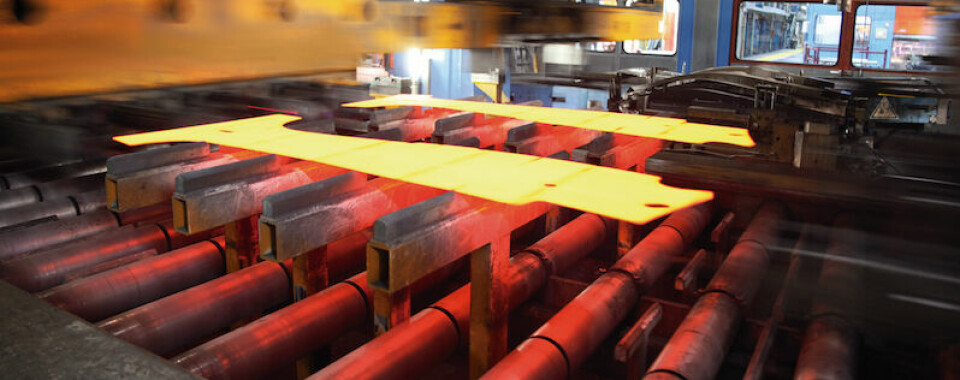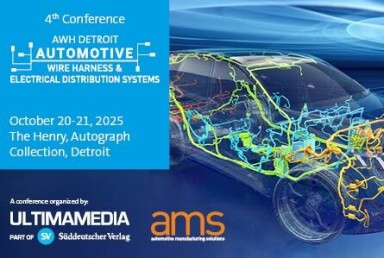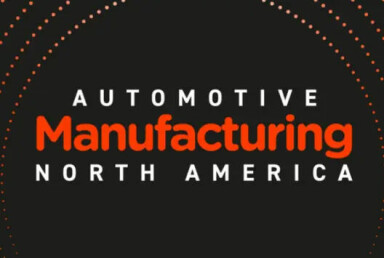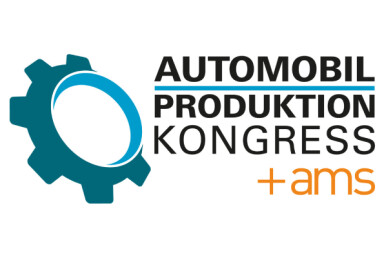Opportunity 4.0
Nick Gibbs travels to Barcelona to discover how Gestamp’s own digital revolution is driving efficiency improvements in its energy-hungry hot-stamping operations

When your company has expanded to more than 100 production plants, you want to keep a close watch on the production lines in those plants. Especially when you require enough energy to heat 84 ovens to 900 degrees to make hot-stamped steel parts.
This is where Industry 4.0 comes into play for Gestamp, the Spanish supplier whose business making body-in-white parts, chassis parts and closing mechanisms has grown to the point it’s now the world’s 27th largest automotive tier supplier, according to Automotive News’ latest ranking.
Mental revolution
“Industry 4.0 gives us lots of opportunity to increase the efficiency of the plants,” Francisco Riberas, Gestamp, executive chairman, told journalists at an event held at the company’s Abrera plant in Martorell, Barcelona, next door to VW Group’s Seat facility.
Industry 4.0 gets its name from supposedly being the fourth revolution in industry, starting with mechanical production (1.0 in this reclassification), followed by mass production and then automation using robots. Now we’re at 4.0, the digital revolution, which in Gestamp’s context mainly means being able to understand what its machines are doing in any given minute.
Gestamp believes that by taking that data, interpreting it and using it better understand its machinery, it can increase capacity on its hot-stamping lines by 10 percent annually. That’s mainly achieved by anticipating the shutdowns before they happen. “We’re moving to being corrective to being predictive,” Vinolas said.
Gestamp expects that demand for hot-stamped steel in the construction of bodyshells – which reduces the amount of steel to cut vehicle weight without comprising safety – will increase from around 10 percent on average now to 20-25 percent in around 10-15 years’ time. Given that, a 10 percent increase in capacity using 4.0 analytics could be a very useful saving.
Industry 4.0 started out for Gestamp as an energy efficiency project, monitoring energy use on lines starting 2016. Full monitoring of hot-stamping lines came in 2017 and by the end of 2018, the company expects to have 50 lines connected in 30 plants in 13 countries. Next comes its chassis parts followed by traceability of those parts via RFID (radio-frequency identification) tags (see box below, With a guarantee).
Data harvest
For something described as a revolution, Industry 4.0 at Gestamp requires surprisingly little in the way of expensive machinery overhauls. It’s about being smarter with what you’ve got. According to Siemens, the most of the data harvested from the hot-stamping lines comes from existing sensors – around 3000 per line. Pre 4.0 that data was interpreted by the operator.
By taking that on-line and displaying it via different methods, including a smartphone app, now it can be seen by managers across the world. “All this doesn’t make any sense if you don’t get the information to the right people in the right moment in the right format,” said Vinolas. “For example I can see how our line in Virginia is running, it’s temperature and whether it has had a stop.” It wasn’t mentioned but you can imagine how this must galvanise plant managers globally, knowing that HQ in Spain might be monitoring in real-time their production.
Also cost-saving is the partnership with Siemens, which isn’t your usual service client relationship. “We co-develop with them. We are not putting money on the table,” Pablo De La Puente, Gestamp’s chief information officer, said. “At the end they have a product to sell to another supplier, and we obtain the software to implement in our factories.”
It gives Gestamp a certain control, De La Puente added. “Normally IT in automotive was a service, based in SAP, to understand and control all the processes in the factory, administrative, industrial and financial processes,” he said. “But now with this innovation we have created the environment, the architecture, the access to the The Cloud etc etc”.
Siemens has a highly profitable and growing branch of its company called Digital Factory, established in 2014, which will benefit from the knowledge gained in its deep-dive of how Gestamp’s factories and production systems work. It’s not just Siemens either, other tech companies such as Microsoft and Facebook are working with Gestamp on Industry 4.0. “Companies like Facebook want to learn about the business. So they are investing money in our projects in order to create new software for us without any cost, it’s a win win,” De La Puente said.
It’s a measure of how new this all is that one of the goals is getting the hardware and software from manufacturing specialists globally to talk to each other. Because they haven’t really needed to before, it’s a nightmare getting them to speak the same language. “There are no standards. It’s bit like all the different battery chargers when mobile phones first became popular.” De La Puente said. ”China, Europe US - it’s all different. When I have meetings, I say we need standards in 4.0.”


